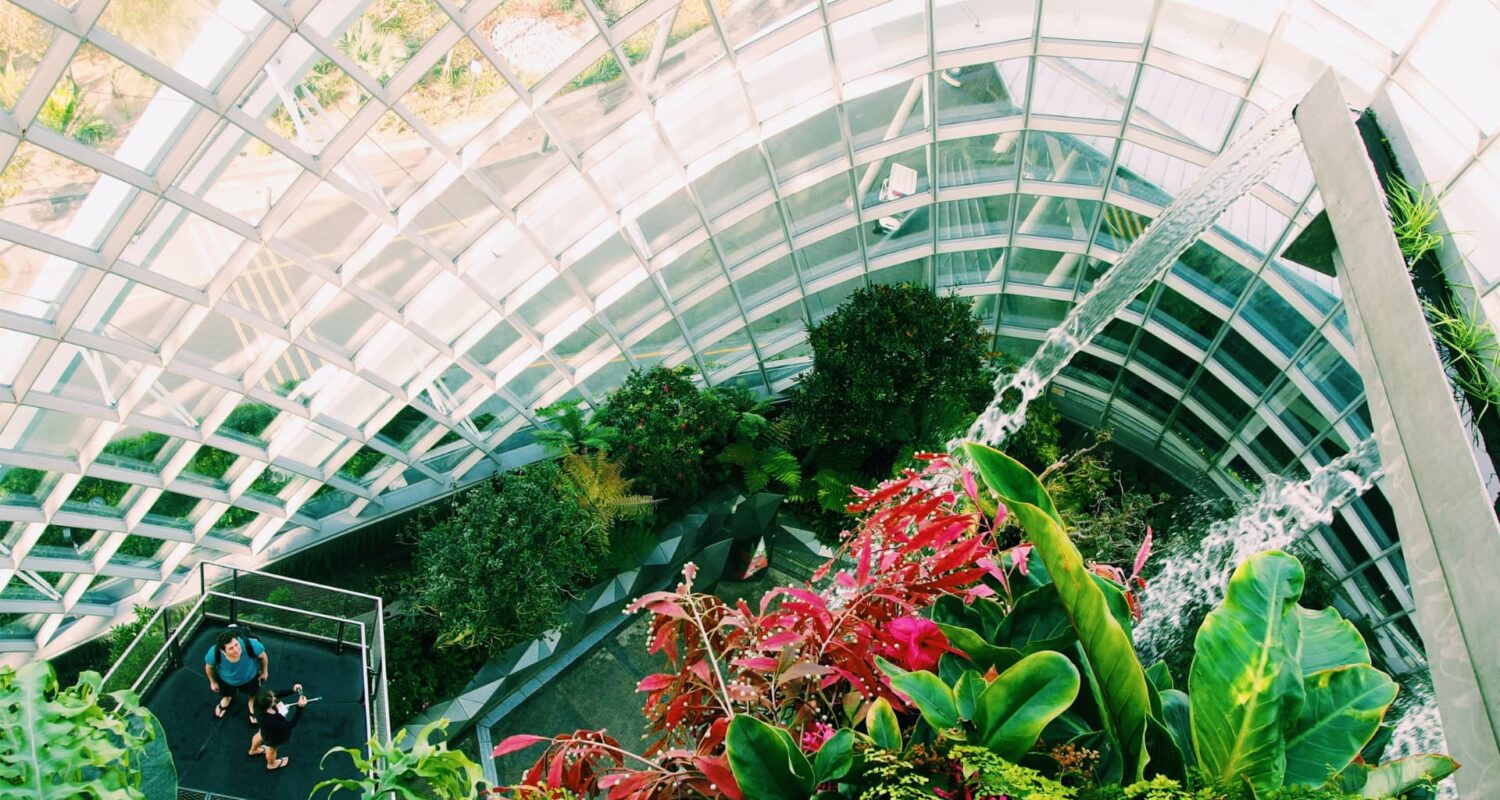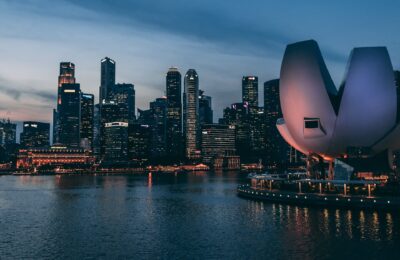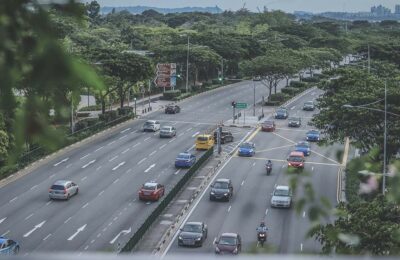Singapore has plenty of great parks that visitors can go to. One of the most popular parks in Singapore is Gardens by the Bay. This park is often used for engagement photos and weddings because of its beautiful scenery. Another popular Singaporean park is Bukit Timah Nature Reserve. This park has a lot of wildlife and nature. If you’re not interested in wildlife but still want to enjoy some nature, the Botanic Gardens may be a better option for you. In this post I’ll reveal the top favorite places of Singaporeans. These five parks are the best in Singapore.
Gardens by the Bay
The Gardens by the Bay are located in the Marina Bay area. The park features three distinct gardens: the Supertree Grove, Flower Dome and Cloud Forest.
The Supertree Grove is home to 12 massive vertical gardens called “Supertrees”, which are plant-covered steel structures reaching over 100 feet tall. Each tree is unique in appearance and design but all feature sustainable technology such as wind turbines, solar panels and rainwater collection systems that allow them to collect energy from their surroundings while using only 1% of what would be required if they were powered by fossil fuels alone.
The Flower Dome houses hundreds of thousands of plants including orchids, bromeliads and tropical fruit trees all arranged within a huge greenhouse structure with an area measuring nearly three football fields long! It also features a walkable waterfall which visitors can walk under for an experience unlike any other – truly unforgettable!
Finally I have The Cloud Forest which boasts its own ecosystem including exotic animals like birds and butterflies from all around Asia with over 1 million square feet dedicated solely toward living creatures found nowhere else on earth save here within these walls built purposely so they could live undisturbed forever more without fear of predators while still being able to grow old gracefully without having ever seen anything dangerous coming close enough before it was too late…
Bukit Timah Nature Reserve
Bukit Timah Nature Reserve is a nature reserve, national park and nature sanctuary located in Singapore. It’s one of Singapore’s oldest parks and has been preserved since 1891 when it was designated as a forest reserve.
Botanic Gardens
Located in the Changi area, this is a popular tourist attraction, as well as a great place to relax and take your family or friends. There are many different activities available here, including taking walks around the park, exploring nature, viewing wildlife and flowers. The Singapore Botanic Gardens is a National Orchid Garden that showcases the world’s largest indoor orchid collection of 6,500 species and 200,000 hybrids. The garden is home to more than 2,200 species of plants from every corner of the world. It’s open daily from 8:30 a.m to 6 p.m., except on Tuesdays when it closes at 5 p.m., and admission costs $8 per adult and $6 per child aged 7-11 years old (children under 7 years old are free). The gardens can be reached by taking bus number 30 from anywhere in downtown Singapore or by taking a taxi from any point in central Singapore within 15 minutes for about $5-$7 depending on traffic conditions during rush hour (7:30 – 9:30 am & 5 – 7 pm).
Fort Canning Park
Fort Canning Park is a historic park in Singapore. Fort Canning Hill is located within the Central Area, which is known for its rich and interesting history, as well as its wide variety of flora and fauna.
The park itself has been around since 1819, when it was established by Sir Stamford Raffles during his administration of Singapore. However, the fort itself has existed since 1788 when George Drummond began building it in order to protect against pirates who had begun attacking British ships in the area.
Labrador Nature Reserve
The Labrador Nature Reserve is located in the west of Singapore. The area has a high biodiversity, with over 300 species of birds, many different types of plants and insects, many different types of mammals, reptiles, amphibians and fish. The reserve consists mainly of secondary forest which was originally cleared for plantations or other human use but now regenerates naturally. Some parts have been left to grow thickly while others are being selectively cut down to create new areas for wildlife habitat.


